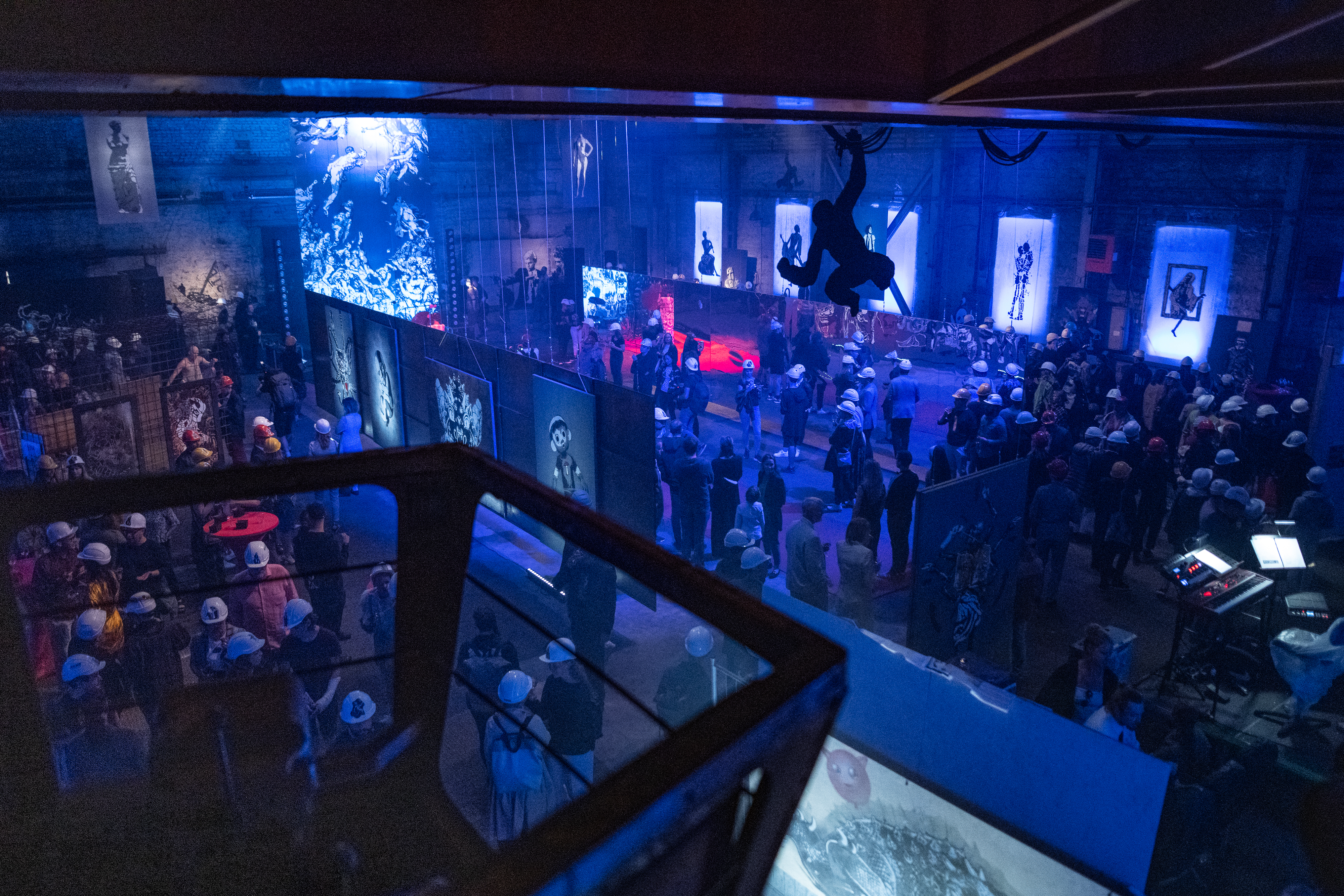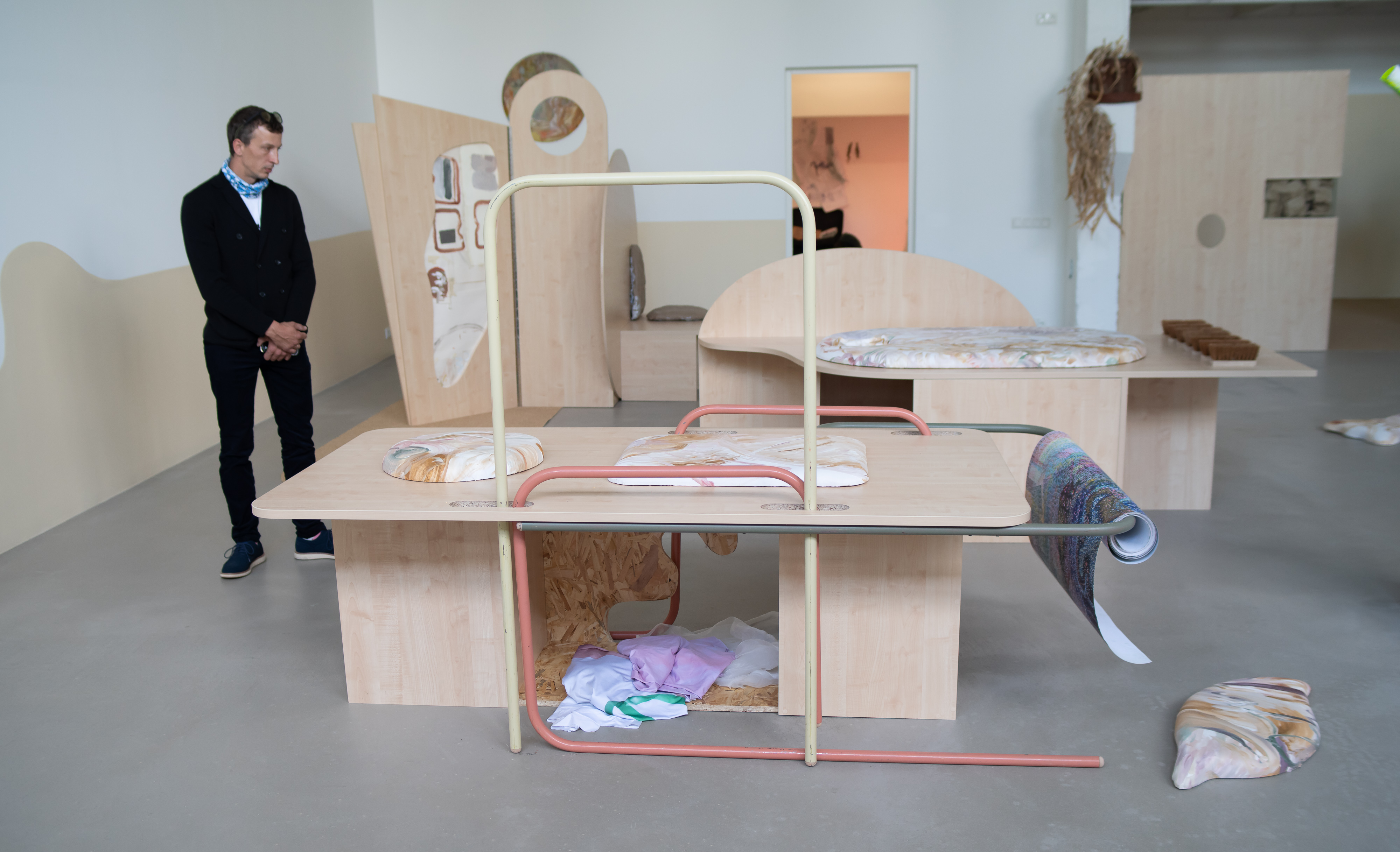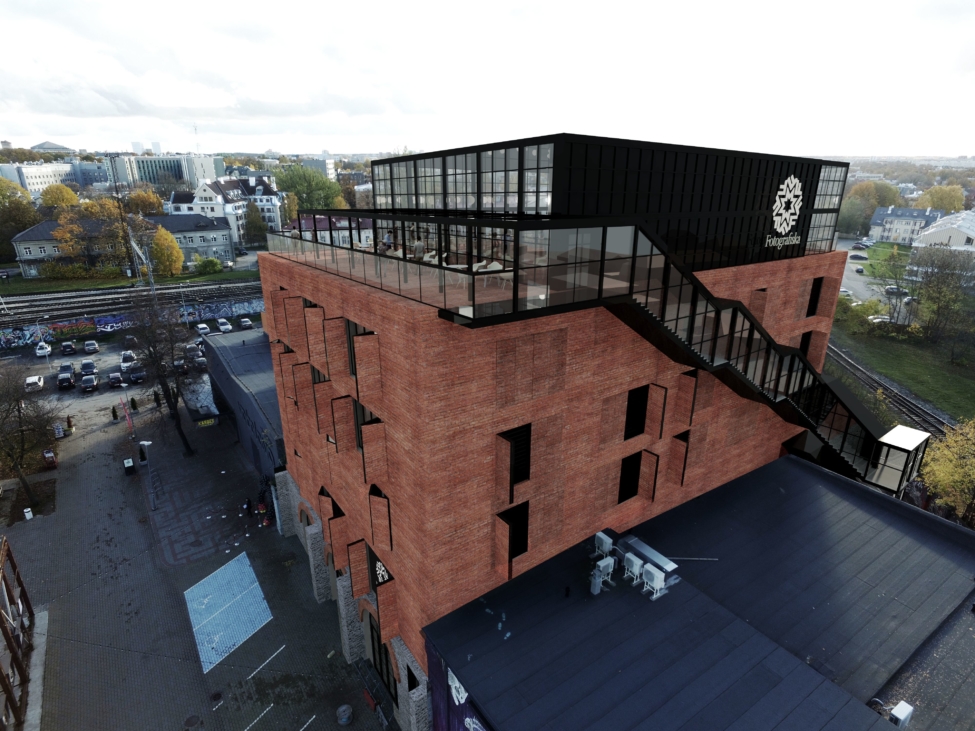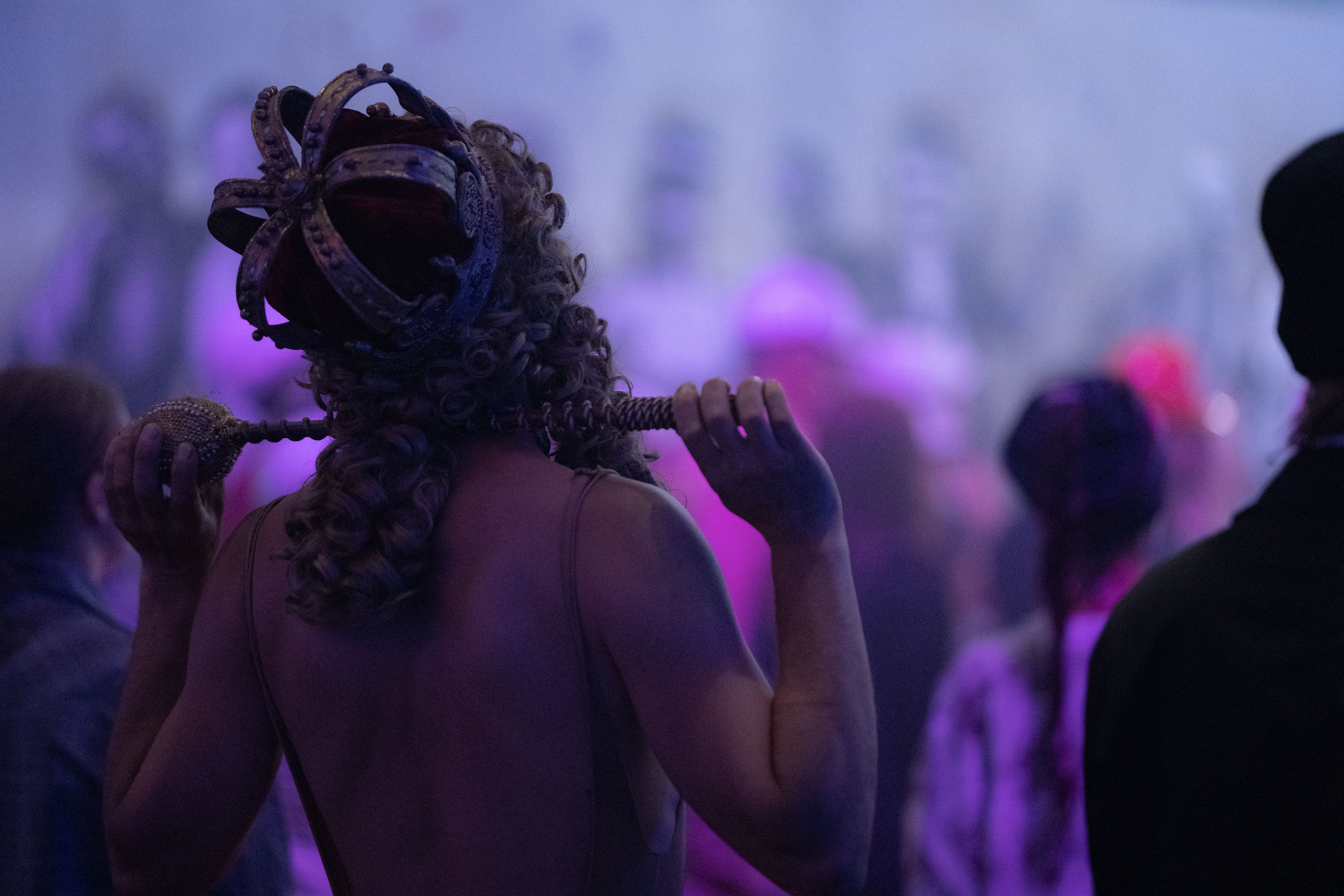Raising the question: WILL A GLOBAL LANGUAGE SAVE US? Is there a universal language, a system of communication, through which humankind could rise to a new level of understanding and cooperation for addressing our global challenges? What could that language be?
To learn more about the 1st Tallinn Biennial we spoke with Kelli Turmann and Andra Orn, who introduced the event’s theme and how it relates to its main venue.

As the curator of a debut biennial, you are wading into uncharted territory. How are you navigating that and seeking to position the biennial for its inaugural edition? Did you consider other biennials as a reference in order to define the profile of Tallinn Biennial?
Andra Orn: Although, it is a debut for a biennial, it has grown out of a festival Tallinn Art Week which we already had organised for three times since 2016, so it did not come on an empty space. As a team we have been keeping an eye on biennials happening all over the world, but especially what is happening in our region. As there are already over 300 biennials in the world we asked ourselves why should we change to a biennial and why would we need it? So, our goal is not to offer another copy paste biennial that introduces world famous names. What our region needs is a gateway to the world art field for our own region’s artists, to give them the possibility to be noticed in the international field and offer curators a doorway to see what is going on here.
What difficulties has the current COVID situation caused during the organizing process and did the biennial reflect on them in some way?
Kelli Turmann: The COVID situation had a huge effect on our planning process. Firstly, we planned the biennial as a physical event, then in the middle of March we switched it to a digital format and in the very last minute at the end of May we switched it back again at the same time knowing that the program would be focusing more on the local contemporary artists and the pandemic restrictions for public events might occur again. After all these switching periods we lost a lot of time, so our landlord gave us an option to postpone the main exhibition for one month. The festival time was now in July. The 1th of July, when we had our big opening event, was the first day when public events for wider public were allowed again in Estonia. So, basically we planned the event 3 times including negotiations with our participating artists, landlords, partners and supporters. It was like 3 planning/organising sprints in a row and now at the end we feel like we have won because the COVID did not interfere with opening any of our physical events which we had in the program altogether over 35.

Can you mention things that, despite the difficult situation, had a surprisingly positive outcome?
Kelli Turmann: I think the positive outcome was that in July, when the restrictions went down in Estonia, people needed to go out and have a good time with friends. Because we took the risk and planned it in July, there were suddenly a lot of free events happening in Tallinn. All other bigger traditional events, which had been postponed, are happening now in August or in the next year.
The region is at an interesting crossroads both in terms of its geography (somewhere between East and West) and its post-Soviet identity. How does Tallinn Biennial unpack these issues?
Andra Orn: It is very trendy to market outside this region with post- Soviet identity, but I think it is already overused and we do not want to particularly emphasize this part of our history. Estonia has been a battleground for centuries where Denmark, Germany, Russia, Sweden and Poland fought their many wars and this all has left an impact to our nation. To be lively and vivid it is important not just look back to our history but also see the future. Estonia has come a long way and we have a lot to say. More interesting question is our geographical location between East and West, but let’s not forget also Nordic countries. So, this triangle of different vibes that all have had and will have impact in our history and cultivates our future.

This is the first year, the very first edition. As far as I know, Tallinn Art Week can be mentioned somewhat as the predecessor of the Tallinn Biennial. Am I right? Where did the motivation for switching come from? What are the main points, beyond the duration, that differ from the previous concept?
Andra Orn: Tallinn Art Week has a long history in Estonia and it was a very popular festival during the Soviet time. Starting again with the event, the main idea was to engage the wider local public. Today, after we started providing the format Tallinn Biennial, we will continue with the Art Week concept on a smaller scale and wish to move outside from Tallinn to different cities of Estonia at the time when Tallinn Biennial is not happening. Tallinn Biennial is targeting a more international art audience showcasing our region’s curious and experimental art and covering topics and themes that resonate across borders to offer a truly authentic view.
Can you tell me about where the title came from, “The Global Language”? Was it an indication of your wish to address a larger, non-professional public, and if yes, in what manner?
Andra Orn: Looking a theme for a biennale, first of all, it has to be inspiring for the artists, that is the most important part. If you have content- good artist and artworks, the rest is a question of communication to engage larger public. The world is asking is there a universal language, a system of communication, through which humankind could rise to a new level of understanding and cooperation for addressing our global challenges? Could art and culture be the global language? Will a global language save us? For instance, in our main exhibition, the global language was expressed through money. Money is something that we all understand the same way.
Tell us a little more about the team! Who exactly is behind the Tallinn Biennial?
Kelli Turmann: Overall number of people involved organising the biennial was over 100. Our main team is divided into two groups – admin and production. The admin team is on the picture. Standing on the left Eneli Amur (social media), sitting on the barrel me, Kelli Turmann (main organiser), further standing Kadri Allaste (press admin) and next Egle Loor (press coordinator). In the front row from left Andra Orn (main organiser and curator), next Heidi Ruul (content and media) and the last one Ivar Hütt (photographer). Also, we had 13 volunteers helping us in different venues.

How do you feel now that this intense process is over? Are you satisfied?
Kelli Turmann: We feel good, as mentioned before, the outcome was as we expected. A lot of people (including wider public who usually do not enter into art galleries) visited our venues and also we had some international visitors. For example, in the main exhibition “Doomsday Cathedral”, the guided tours and theatre acts were all sold out. Renewing the output of the Viinistu Art Museum’s collection left a little mark in history as it was expected for years by the people with an art background and it finally happened during this art festival.
Do you have plans outlining for the second edition? Are there hints that you would already share with us?
Kelli Turmann: We plan the next Tallinn Biennial in 2022. If the world’s travelling situation will be normal by then, it will be more with international approach.
